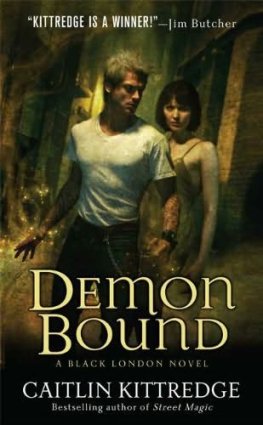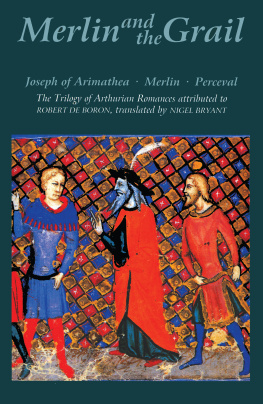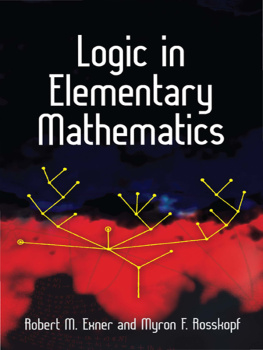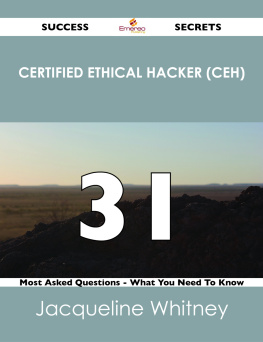Robert Weinberg - A Logical Magician
Here you can read online Robert Weinberg - A Logical Magician full text of the book (entire story) in english for free. Download pdf and epub, get meaning, cover and reviews about this ebook. year: 1994, publisher: Ace Books, genre: Romance novel. Description of the work, (preface) as well as reviews are available. Best literature library LitArk.com created for fans of good reading and offers a wide selection of genres:
Romance novel
Science fiction
Adventure
Detective
Science
History
Home and family
Prose
Art
Politics
Computer
Non-fiction
Religion
Business
Children
Humor
Choose a favorite category and find really read worthwhile books. Enjoy immersion in the world of imagination, feel the emotions of the characters or learn something new for yourself, make an fascinating discovery.

- Book:A Logical Magician
- Author:
- Publisher:Ace Books
- Genre:
- Year:1994
- ISBN:0-441-00059-2
- Rating:3 / 5
- Favourites:Add to favourites
- Your mark:
- 60
- 1
- 2
- 3
- 4
- 5
A Logical Magician: summary, description and annotation
We offer to read an annotation, description, summary or preface (depends on what the author of the book "A Logical Magician" wrote himself). If you haven't found the necessary information about the book — write in the comments, we will try to find it.
A Logical Magician — read online for free the complete book (whole text) full work
Below is the text of the book, divided by pages. System saving the place of the last page read, allows you to conveniently read the book "A Logical Magician" online for free, without having to search again every time where you left off. Put a bookmark, and you can go to the page where you finished reading at any time.
Font size:
Interval:
Bookmark:
A Logical Magician
by Robert Weinberg
cogito ergo sum
(I think, therefore I exist)
DESCARTESfacilis descensus Averno
(the descent to hell is easy)
VIRGILPrologue
Roger Quinn considered himself a very careful man. Each morning, while still lying in bed, he planned out his days activities in excruciatingly fine detail. Afterward, he followed that outline in strict order, refusing to deviate one whit from the proper routine. Twenty years of computer programming had instilled in Roger an appreciation for exactness. He thought his actions perfectly normal and extremely logical.
Such a rigid adherence to schedule caused numerous problems for those who had to deal with him on a regular basis. They had to play the game his way or not at all. No one dared drop in unexpectedly on Roger. If they werent listed in his appointment book, he completely ignored them. It didnt matter who they were or what company they represented. Roger refused to make exceptions. His rules were never bent, much less broken.
Business lunches began exactly on the hour, not a minute late. Presentations ran by the clock. Thirty minutes for a report meant that one second afterward Roger refused to listen to another word. His world ran like clockwork, and everyone on his payroll worked by the same schedule. Or they didnt work for Quinn Enterprises.
Behind his back, most of Rogers several dozen employees agreed that their boss belonged in a lunatic asylum. However, one and all they kept their doubts strictly to themselves. They jumped to obey their bosss slightest whim. In a period of retrenchment and recession, working for a lunatic was a lot better than not working at ail. For, where most other scientific consulting and marketing companies had fallen on hard times, Quinn Enterprises continued to expand.
Without exception, all of the major financial experts agreed that the phenomenal growth of the company related directly to the unique genius of its founder and CEO, Roger Quinn. Virtually unknown only a few years before, he entered an already crowded field and beat the biggest companies at their own game. Started as a small sideline operation in Rogers apartment, Quinn Enterprises had become a major West Coast corporation, poised on the brink of global expansion. In the last six months, QE had opened offices in New York, Chicago, and several other major metropolitan areas. Rumor had it that foreign offices were soon to follow.
What baffled his rivals and many of his own employees was Rogers amazing skill at exploiting the problems and failures of his rivals. Whenever another company experienced difficulty in fulfilling a contract, Roger and his team were there with the necessary answers just in the nick of time. If a material shortage caused a backup in manufacturing a new product, Roger knew where to find the necessary ingredient. Moreover, he oftentimes controlled the only available supply of the goods and priced it accordingly.
It was almost as if Roger knew when and where problems were going to occur before they happened. His rivals suspected sabotage, but there was absolutely no evidence to support such claims. No one could find a thing to link Roger or his employees with any of the problems or failures experienced by the other firms. The only explanation consistent with all the facts, incredible as it seemed, was that Roger possessed a hidden talent for sensing trouble. No one accepted the theory gracefully, but they had little choice in the matter. Roger wisely kept his mouth shut. He didnt really care what his rivals thought. As long as they never guessed the truth.
Humming softly to himself, Roger made his way down the lone staircase leading to the subbasement of his mansion. A tall, thin man with a scraggly beard and bright blue eyes, he wore a pair of battered jeans and a faded black sweatshirt embossed with his companys logoa five-pointed star with a large R in the center.
Surprisingly, no one drew a connection between the symbol and a pentagram. A fact that pleased Roger no end.
Always the maverick, he delighted in thumbing his nose at the establishment. Corporate executives considered Roger eccentric. But plenty of other CEOs of major corporations were equally odd. All each of the money men cared about was that his firm delivered on tough assignments when other businesses failed. Quinn Enterprises had saved dozens of important contracts that otherwise would have collapsed. It provided a necessary service and charged premium prices for that work. We help you out when you need us most was the company motto, one that had become famous throughout the manufacturing industry.
Roger chuckled softly. He shook his head, imagining the shocked looks of those same corporate executives if they ever learned the truth behind his success. They might not be so pleased if they knew the whole story. Which was why he kept his revelation locked in the subbasement in a room that only he could enter.
The stairs ended abruptly at the base of a huge steel door that took up the entire rear wall. There was no keyhole or lock visible. A solitary metal plate some six inches square was the only break in the cold, unyielding surface. Roger flattened his right hand against it. It required the built-in sensors a few seconds to recognize his palm print. Silently, the huge door swung open.
Technically, criminals intent on discovering his secret could kidnap Roger, force him down to the subbasement and press his hand against the entry plate to open the vault door. He strongly doubted that corporate raiders would be so bold. And even if they were, the payoff inside the inner room would prove to be something outside their usual line of business.
With a confident smile, Roger entered the nerve center of his secret headquarters. Shaped like a square twenty feet long by twenty feet wide, with a seven-foot ceiling, the chamber was entirely devoid of furniture. The walls were stone, the ceiling and floor both concrete. A pair of naked hundred-watt light bulbs provided the only illumination. More than anything else, the Spartan room resembled an army pillbox.
In the exact center of the room was a vermilion circle some nine feet in diameter. Roger had carefully painted it there a few days after moving into this mansion two years ago. Before that, a similar pattern, drawn in chalk, had decorated the living room carpet of his apartment. Vermilion was used because its color came from mercury and sulfur, key ingredients of the fabled Philosophers Stone.
Inside the first circle was a second, eight feet in diameter. Together, the two drawings resembled a round plate with a narrow rim. Names of great power were written on that rim, transforming it into a barrier that nothing evil could cross.
Inscribed inside the two circles were the Pentagram of Solomon, as specified in The Key of Solomon, the most famous of all magical texts. It was constructed with two points upward, symbolizing the twin horns of the infamous Goat of the Witches Sabbath. The sign of a black magician.
Nowhere was Rogers exactness more evident than in the construction of the mystic design. Here his computer background served him well. One wrong MS-DOS statement and your program refused to run. One misdrawn line or incorrect symbol in your pentagram and all hell broke loose.
Roger knew quite well the dangers he faced practicing the black arts. The literature of demonology specified in gruesome detail the grisly penalties paid by those not extremely careful in their dealings with the inhabitants of the nether regions. Death was the least of the fates suffered by the unwary.
The pentagram served as more than a doorway for the inhabitants of the outer darkness to enter our world. It also acted as a trap, holding those monstrous beings prisoner inside the design. Only by performing a specific task demanded by the summoning wizard was the demonic presence allowed to depart. Once banished, the being was never again subject to the whims of the sorcerer. One wish per demon was the rule. But, as Roger discovered early in his experiments, there were many thousands of demons.
Font size:
Interval:
Bookmark:
Similar books «A Logical Magician»
Look at similar books to A Logical Magician. We have selected literature similar in name and meaning in the hope of providing readers with more options to find new, interesting, not yet read works.
Discussion, reviews of the book A Logical Magician and just readers' own opinions. Leave your comments, write what you think about the work, its meaning or the main characters. Specify what exactly you liked and what you didn't like, and why you think so.







